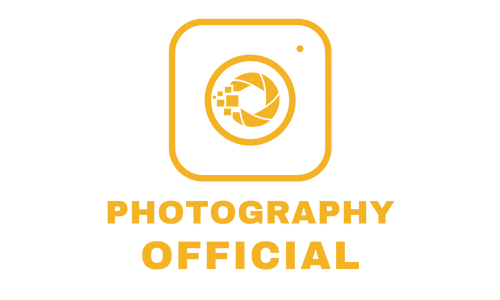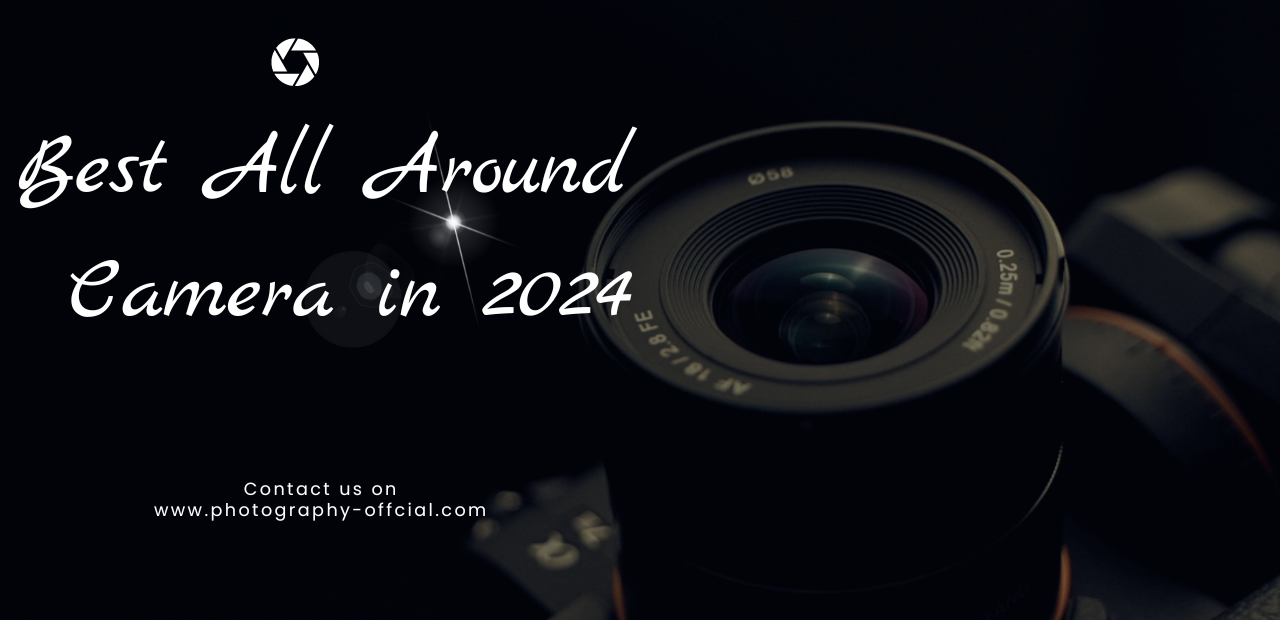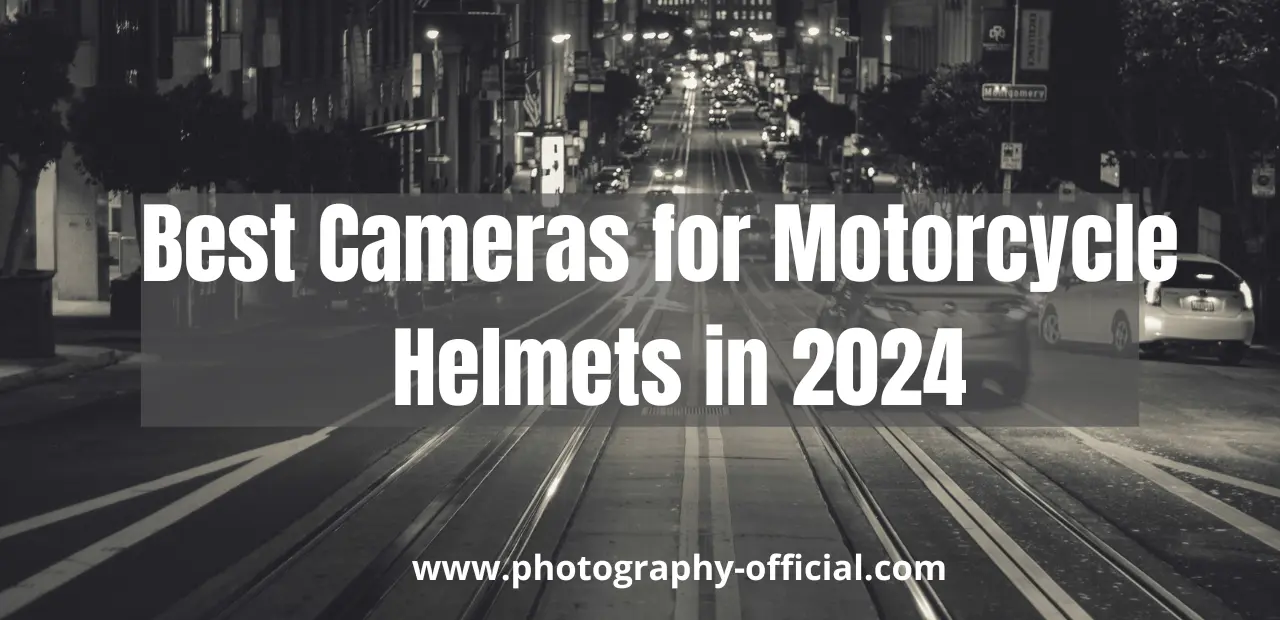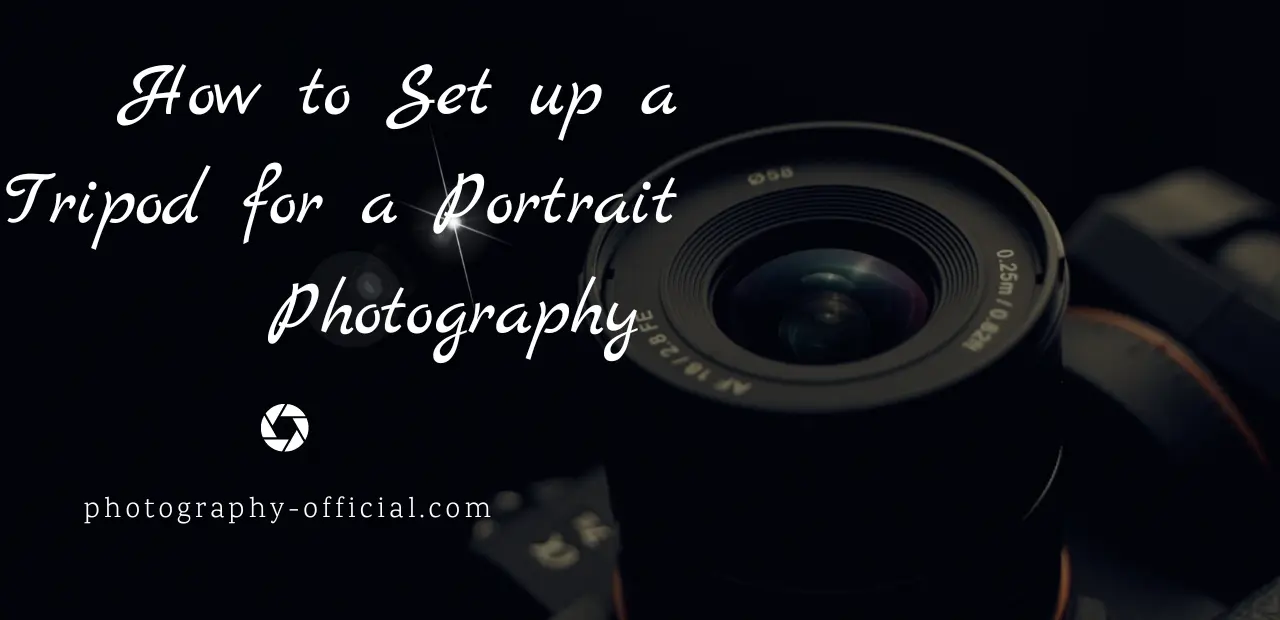Glidecam VS Gimbal Which Is Better?
I’m a videographer, forever on the hunt for gear that’ll give my shots a professional edge. Glidecams and gimbals have both been in my kit, but which is truly better? I’ve wrestled with this question and now, I’m sharing my insights. We’ll delve into basics, compare features and performance, discuss drawbacks and user experiences. So strap in! It’s time to settle the ‘Glidecam vs Gimbal’ debate once and for all.

- Understanding the Basics of Glidecam
- Essential Features of a Gimbal
- Probing Into the Working Mechanism of Glidecams
- Decoding the Functionality of Gimbals
- Comparing the Performance of Glidecam and Gimbal
- The Strengths of Using a Glidecam
- Advantages of Choosing a Gimbal
- Disadvantages and Limitations of Glidecams
- Potential Drawbacks of Gimbals
- User Experiences: Glidecam VS Gimbal
- Making the Right Choice: Factors to Consider
- Final Thoughts: Glidecam or Gimbal?
Understanding the Basics of Glidecam
You’ve got to understand the basics of a Glidecam before you can decide if it’s the right choice for you. This device is designed for cinematographers who want smooth, stable footage without relying on a tripod or handheld shooting. It’s essentially a stabilizing system that balances your camera and gives it a ‘floating’ effect when moving.
I’ve used Glidecams in several film projects, and I must say, they’re fantastic tools to have. They provide an unmatched sense of fluidity and grace to any video shot with them. You get shots that are not just steady but also have this dreamy floaty quality that really elevates your work.
Here’s how they work: at its most basic level, a Glidecam consists of three parts – the handle, gimbal assembly (which controls the pan-and-tilt motions), and the weights below (that balance out your camera). The idea is to counterbalance your camera weight with these under-slung weights so that no matter how much you move or pivot, the camera remains level and steady.
However, mastering it does require practice. Balancing your camera on top can be tricky initially as every small adjustment affects all others. And then there’s operating it – walking smoothly while keeping an eye on framing isn’t easy either! But once you get used to it, believe me, nothing beats those silky-smooth tracking shots you achieve with a Glidecam!
Essential Features of a Gimbal
Let’s dive into the key characteristics you should consider when selecting this type of equipment. Gimbals have become a staple tool for videographers and movie makers, offering stability and smoothness in their shots. But what exactly should you be looking out for?
Firstly, I’d recommend checking the gimbal’s payload capacity. This is basically how much weight it can handle. It’s crucial to ensure your camera setup isn’t too heavy for the gimbal or else it won’t operate effectively.
Secondly, look at the battery life. You don’t want a gimbal that’ll run out of juice in the middle of an important shoot! Most gimbals offer between 6-12 hours on a single charge but check to make sure that suits your needs.
Then there’s the ease of use. You want something intuitive with simple controls – after all, you’re focusing on capturing great images or footage, not wrestling with complex devices!
Another feature I find essential is versatility – can it support different shooting modes? Can it swivel 360 degrees? Does it offer vertical shooting options? These are all factors which could greatly enhance your creativity and flexibility during shoots.
Lastly, consider portability. If you’re constantly moving around or travelling, you’ll appreciate a compact and lightweight gimbal that doesn’t add extra burden to your gear bag.
Probing Into the Working Mechanism of Glidecams
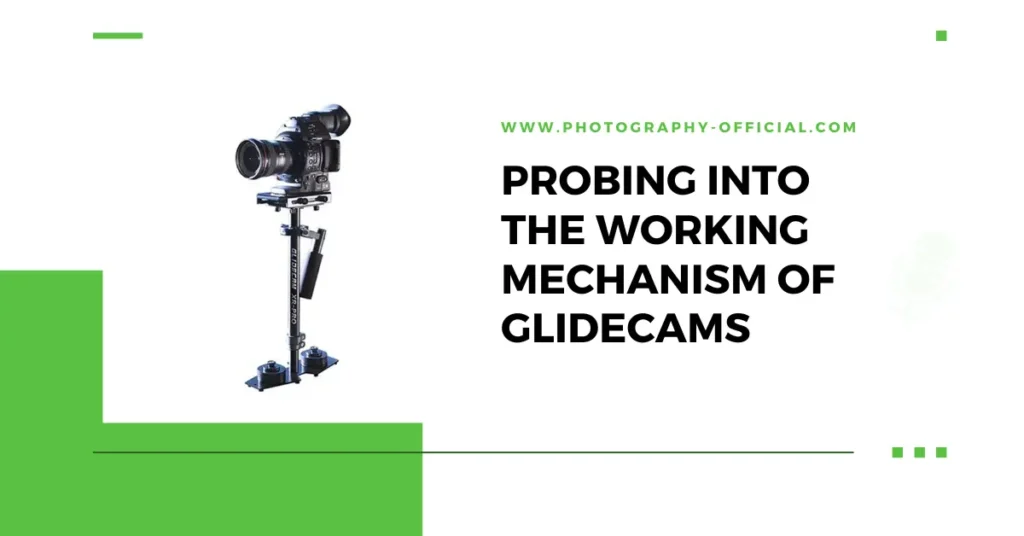
Now that we’ve covered gimbals, it’s time to explore how glidecams work and what sets them apart. In essence, a glidecam is a handheld stabilizing system used for creating smooth motion shots in videography. Unlike gimbals that rely on motors for stabilization, glidecams are manually operated.
The primary components of a glidecam include the:
- Handle
- This is where you grip the glidecam. It’s designed to allow easy movement and rotation.
- Center post
- The camera mounts here at the top while weights are added at the bottom for balance.
- Gimbal assembly
- This allows free rotation along three axes while isolating the camera from hand movements.
Using a glidecam requires practice as balancing and operating it is all manual. You need to find the perfect equilibrium point where your camera stays level regardless of how you move or angle your hand.
What truly sets a glidecam apart from other devices is its ability to deliver organic-looking motions. Whereas gimbals provide mechanically stabilized footage which sometimes appears too perfect or robotic, with a glidecam, I can introduce subtle human-like imperfections into my shots – something that can add charm and character to certain scenes.
In conclusion:
* A gimbal uses motorized systems for stabilization giving consistent results.
* A Glidecam requires manual operation but offers more natural-looking movement in footage.
Decoding the Functionality of Gimbals
Diving deeper into the functionality of gimbals, it’s essential to understand that they utilize motors and sensors for detecting unwanted movements. These movements, often caused by handshakes or vibrations in the ground, can ruin a perfectly composed shot. As soon as these sensors detect an undesired motion, they send a signal to the motor to compensate for it.
The motor then introduces a counter-motion that cancels out this movement. The result? Smooth, steady shots regardless of external conditions. But there’s more than just mechanical prowess at work here – the gimbal is also smart. It uses algorithms to calculate exactly how much force is needed to counteract any given motion.
Now, you might be wondering what sets gimbals apart from other stabilizing devices like glidecams? Well, there are a few key differences that I’ve noticed in my experiences with both tools. First off, gimbals require less manual intervention once set up properly – they’re designed to do most of the heavy lifting on their own.
Additionally, while glidecams rely on weights for balance and stabilization, gimbals use electronic motors which can offer finer control over camera movements. This makes them ideal for precise tracking shots and complicated filming scenarios where you need more than just stability – you need precision.
Comparing the Performance of Glidecam and Gimbal
In comparing performance, it’s clear that both devices have their strengths and weaknesses, depending on the filming requirements. I’ve used both Glidecam and Gimbal in multiple scenarios, and I can’t say one is definitively better than the other; it truly depends on what you’re aiming for.
Glidecam
Strengths:
- It provides a more natural feeling to videos thanks to its slight bobbing effect.
- It’s extremely reliable with no electronics to fail or batteries to charge.
Weaknesses:
- It requires some practice and skill to get smooth shots.
- You’ll need strength since there’s no motor helping you bear the weight of your camera.
Gimbal
Strengths
- The setup time is quick, making it perfect for run-and-gun style shooting.
- Its motors make it easy to achieve smooth shots without much practice.
Weaknesses:
- Battery life can limit your shoot time. Always carry spares!
- The electronic components could potentially fail or malfunction.
I find myself reaching for the Glidecam when I want something more organic-looking. However, if speed is essential or if I’m working in less predictable environments where quick adjustments are crucial, then my gimbal is my go-to device.
The decision between Glidecam vs Gimbal isn’t about which tool is universally better—it’s about which tool best fits your specific needs at any given moment. And sometimes you may find that having both in your kit gives you the flexibility you need as a videographer. So choose wisely!
The Strengths of Using a Glidecam
You’ll appreciate the organic feel your videos will have when using this type of stabilizer. The Glidecam doesn’t only serve as a tool to keep your shots steady; it also provides you with a sense of control that’s hard to match. There’s something uniquely satisfying about manually guiding your camera through its movements, feeling as though you’re truly part of the process.
I’ve also found that using a Glidecam tends to result in more natural-looking footage. Because it relies on human touch rather than automated motors, the motion feels less robotic and more fluid. It’s almost like you’ve become one with your camera, intuitively adjusting for every shift in direction or change in speed.
Another strength I’ve observed is the Glidecam’s ability to handle sudden changes in movement better than many gimbals can. While gimbals tend to struggle with quick turns or rapid ascents and descents, the Glidecam seems to take them in stride, smoothly transitioning from one movement to another without any noticeable jerkiness.
Lastly, there’s no denying the durability of a Glidecam. They’re built tough and ready for rough handling which is not always true for some delicate gimbals out there.
Advantages of Choosing a Gimbal

Despite the strengths of traditional stabilizers, there’s a lot to love about choosing modern gimbals for your video projects. I’ve found that using a gimbal offers many advantages over traditional stabilizers, especially when filming in challenging environments or under tight time constraints.
One of the key strengths of using a gimbal is its ease of use and quick setup time. Unlike traditional stabilizers which require careful balancing, you can set up and start shooting with a gimbal in no time.
There are several other advantages worth noting:
Improved Stability:
- Gimbals offer superior stability compared to manual stabilizers like glidecams.
- The motorized system compensates for shakes and jitters much more effectively.
Versatility
- Gimbals are designed to work well with different types of cameras, from DSLRs to action cameras.
- You can also easily switch between various shooting modes.
In short, if you’re looking for an equipment that provides both convenience and top-notch stabilization, then opting for a gimbal might be the best choice. It’s not just about making your job easier but also about enhancing the quality of your output.
I’m not saying that traditional stabilizers don’t have their merit – they certainly do. But as someone who values efficiency and flexibility in my video production process, I find myself largely depending on my reliable gimbal most times due to its numerous benefits. So while glidecams have their place, don’t overlook what gimbals bring to the table!
Disadvantages and Limitations of Glidecams
Having delved into the benefits of gimbals, it’s only fair that I now turn my attention to glidecams. As much as they have their advantages, there are also some limitations and disadvantages that come with using a glidecam.
One of the main hitches I’ve found with glidecams is the steep learning curve. It takes quite a bit of time and practice to master handling one. Unlike gimbals which are relatively easy to use right out of the box, achieving smooth cinematic shots with a glidecam often requires meticulous balancing and hours of practice.
Additionally, while operating a gimbal involves simply holding onto it and moving around, maneuvering a glidecam demands more physical effort. The weight can be an issue due to its heavy nature especially during long shoots which can lead to fatigue.
Moreover, despite being able to achieve similar results as gimbals in terms of video stabilization, I find that getting consistent results isn’t always guaranteed with glidecams. The quality of your footage may vary depending on how well you’ve mastered its operation – something you don’t worry about when using a gimbal.
Lastly, most glidecams don’t come equipped with advanced features like object tracking or remote control functionality offered by modern-day gimbals.
Potential Drawbacks of Gimbals
On the flip side, it’s important to consider that gimbals aren’t perfect and do come with their own set of drawbacks. Just as I’ve found while using them in my own work, these issues can range from minor annoyances to significant limitations depending on the specific model and use case.
Here are some potential downsides I want you to keep in mind:
Battery Dependency
- Gimbals rely heavily on battery power. When the battery drains out, they become useless until recharged or replaced with a fresh one.
- Also, remember that cold weather can drastically reduce battery life. So if you’re planning to shoot outdoors in winter, this could be an issue.
Complexity and Learning Curve
- Unlike glidecams which are relatively simple devices, gimbals have many settings and options that require time to learn and master.
- In addition, they often need software for calibration and setup. If you’re not tech-savvy or patient enough to deal with this kind of complexity, it might prove frustrating.
Now don’t get me wrong. I’m not saying gimbals are bad – far from it! They’re incredibly useful tools that offer smooth footage even under challenging conditions. However, like any piece of equipment, they’re not without their shortcomings.
User Experiences: Glidecam VS Gimbal
Now that I’ve shed some light on the potential drawbacks of gimbals, let’s turn our attention to what real users have to say about both glidecams and gimbals. This will give us a more in-depth look at the user experiences for both devices, which can be helpful in deciding between the two.
When it comes to glidecams, many users rave about their ability to provide smooth footage with a natural feel. They appreciate its mechanical nature as there are fewer parts that could potentially fail. However, they also mention that it takes some time and practice to master using a glidecam effectively. It’s not just plug-and-play like most gimbals.
On the flip side, gimbal users love how easy they are to set up and use right out of the box. Many comment on the convenience of having automated movements and being able to remotely control their device from a smartphone app. Yet, some express concerns about battery life limitations and occasional software glitches disrupting their workflow.
From these first-hand accounts, it becomes clear that choosing between a glidecam or gimbal isn’t simply black or white; there’s no definite winner here because it all boils down to personal preference and specific filming needs.
Making the Right Choice: Factors to Consider
It’s crucial to weigh various factors before making a decision on the right stabilization device for your filming needs. Both gimbals and glidecams have their strengths and weaknesses, and it all boils down to what you value most in your shooting equipment.
The following are some of the considerations that can guide your choice:
Budget: It’s no secret that filmmaking equipment can get pricey. You need to consider how much you’re willing to spend.
Glidecam: These tend to be less expensive than gimbals. However, in some cases, the price difference isn’t significant enough to sway one’s decision.
Gimbal: Generally speaking, they’re more costly than glidecams. But remember you often pay for added convenience and advanced technology.
Learning Curve: There’s always a learning phase when using new gear. Some people prefer quick and easy setups while others don’t mind spending time mastering a tool.
Glidecam: They require practice to find balance with each new setup or lens change. But once you’ve got it down, the results can be impressive.
Gimbal: For those who want immediate results without too much fussing around, gimbals might be more appealing due to their automatic balancing capabilities.
Final Thoughts: Glidecam or Gimbal?
We’ve reached the end of our discussion, and you’re likely still asking yourself if a high-tech device or a traditional stabilizer is the best fit for your filming needs. I’ll attempt to simplify this complex question by highlighting key points in a concise table.
| Parameter | Glidecam | Gimbal |
|---|---|---|
| Cost | Generally cheaper | Can be expensive |
| Learning Curve | Steeper, takes time to master | Easier to use out of the box |
| Battery Life | No battery needed | Limited battery life |
As you can see from this comparison, there’s no one-size-fits-all answer. It really depends on your unique requirements.
If you’re just starting out or are on a budget, it might be worth considering a glidecam. They’re generally cheaper and don’t require batteries which can be an advantage on long shoots. However, keep in mind there’s typically a steeper learning curve.
Gimbals are more user-friendly right out of the box; they offer advanced stabilization and motion tracking capabilities that take much of the guesswork out of getting smooth shots. But remember, these features come at a cost – both financially and with respect to battery life during extended shooting periods.
It’s crucial that you consider your personal circumstances before making your final decision: Your budget, skill level, intended usage scenarios… all these factors should guide your choice between glidecam and gimbal.




